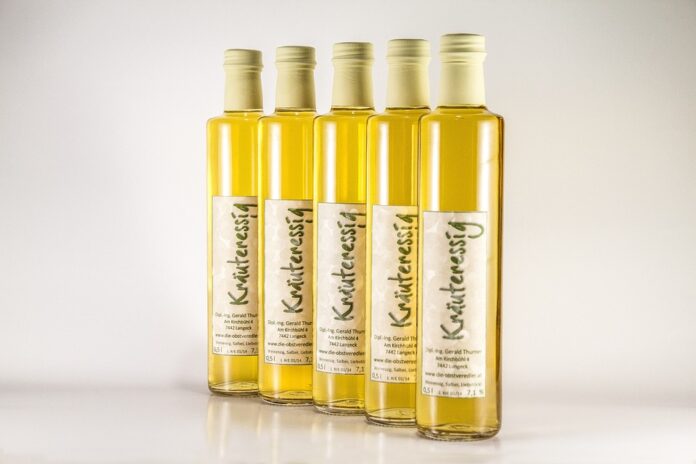The History and Origins of Vinegar Production Explained
Vinegar has been used for centuries as a versatile condiment, preservative, and even as a cleaning agent. Its production dates back to ancient times, with the first records of vinegar-making found in Babylonia around 5000 BC. Since then, vinegar has played a significant role in various cultures and cuisines worldwide.
The Origins of Vinegar Production
The word vinegar comes from the French term “vin aigre,” which translates to sour wine. The production of vinegar involves the fermentation of ethanol (alcohol) into acetic acid by acetic acid bacteria. This process can occur naturally when wine or other alcoholic beverages are exposed to air, leading to the formation of vinegar.
Historically, vinegar was used for its medicinal properties and as a food preservative. The ancient Greeks and Romans used vinegar for cooking and cleaning, while the Chinese brewed vinegar from rice wine for culinary purposes. In the Middle Ages, vinegar was a valuable commodity traded along the Silk Road.
The Industrial Revolution and Modern Vinegar Production
During the Industrial Revolution, vinegar production became more standardized and commercialized. In the 19th century, the French chemist Louis Pasteur discovered the microbial process of vinegar fermentation, leading to improvements in vinegar production techniques.
Today, vinegar is produced on a large scale using various raw materials such as grapes, apples, rice, and malt. The most common types of vinegar include white vinegar (made from distilled ethanol), apple cider vinegar (made from fermented apple juice), red wine vinegar (made from red wine), and balsamic vinegar (made from grape must).
Industry Insights and Market Trends
The global vinegar market is expected to grow steadily in the coming years, driven by the increasing demand for natural and organic food products. Consumers are becoming more health-conscious and are seeking out alternative ingredients like vinegar for cooking and food preservation.
Major players in the vinegar industry include Mizkan Holdings, Fleischmann’s Vinegar Company, and Kraft Heinz Company. These companies produce a wide range of vinegar products for both retail and industrial use.
In terms of financial data, the global vinegar market was valued at over $1.1 billion in 2020 and is projected to reach $1.4 billion by 2025, with a compound annual growth rate (CAGR) of 4.2%.
Conclusion
In conclusion, vinegar production has a long and rich history dating back thousands of years. From its origins in ancient civilizations to its modern industrial production, vinegar continues to be a popular and versatile ingredient used in cooking, cleaning, and health remedies.
As consumer preferences shift towards natural and organic products, the vinegar industry is poised for continued growth and innovation. With a wide range of vinegar varieties available on the market, consumers have more options than ever to incorporate this ancient condiment into their daily lives.




